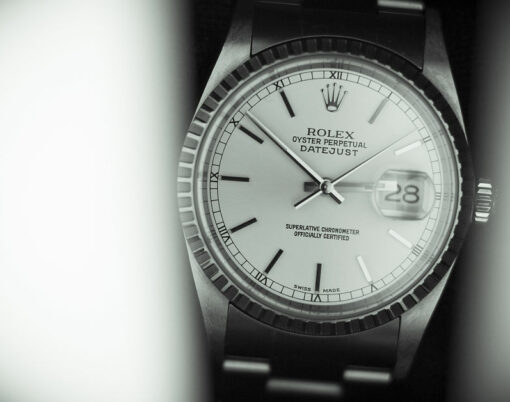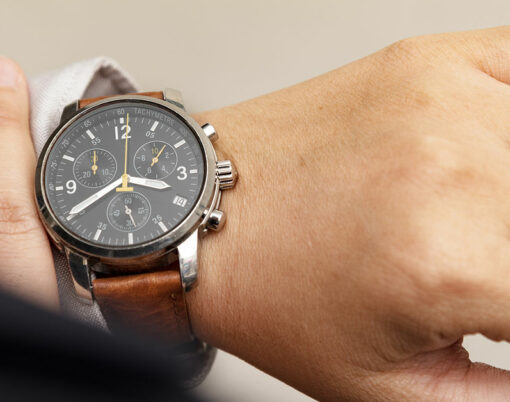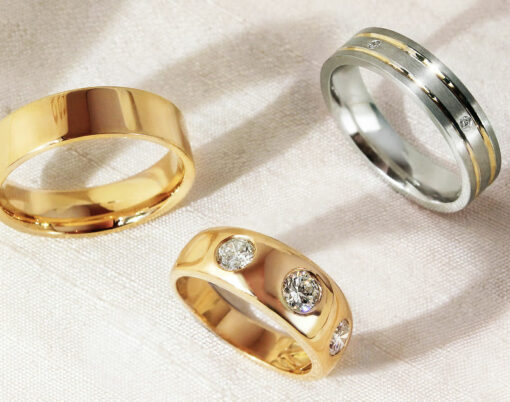Words by Nicci Rae
For women born in the 1980s and beyond, it’s hard to imagine a world where sneakers – or trainers, as they are best known in the UK – weren’t a wardrobe staple, but believe it or not that world very much existed for women prior to 1982, at a time when semi-formal attire and high-heels were the daily ensembles of both choice, and necessity.
Although sneakers had enjoyed a steady increase in popularity as a fashion item for men since the 1950s, the options for the fairer sex remained pretty limited throughout the years that followed, with this casual footwear choice still generally only worn only for sports and athletics by women.
But fast forward to today, and the huge and ongoing trend for athleisure has seen them become an everyday essential in most women’s wardrobes, and with some of the world’s leading fashion houses, such as Gucci and Prada, having put a thoroughly opulent twist on them in recent collections, their position as a key ingredient to any fashion-forward capsule wardrobe has been cemented.
So, just how did the humble sneaker manage its meteoric rise to prominence to become the much-loved and often highly sought-after footwear choice it is today? Here, we take a look.

Where it all began
The first ever trainer began life as a simple rubber soled shoe made by the New Liverpool Rubber Company back in 1876. Also known as tennis shoes, the objective that saw it initially brought to life was to create a shoe that would be comfortable enough for sports and would not be ruined by water and mud, and they quickly began to gain traction.
In 1936, it became clear that they were here to stay after American track and field athlete Jesse Owens smashed the Berlin Olympics wearing a pair of Dassler Brothers sneakers. The shoes also became a popular choice for children due to the fact that they were not easily dirtied or damaged, and in fact, the word “sneaker” was coined because children would delight in sneaking up on their teachers with their new soft and soundless shoes.
Despite the fast moving evolution of the trainer, these shoes still largely remained the domain of men and boys, but all of that changed in the early 1980s.
While you might imagine that the catalyst for this change would have been a movie star or a celebrity influencer, the truth was a little more mundane. In 1980, the Metropolitan Transportation Authority (MTA) called a strike for its 33,000 employees, and for 11 long days, New York City subways and buses were closed to the public, meaning that a huge number of people needed to find another way of getting to work. For many, that of course meant walking, and comfortable footwear became essential – which meant that the trainer was just the ticket.
These shoes are made for walking
As is still the case today, many women working in corporate New York in the 1980s would wear smart suits and heels for work – in fact, in some businesses, this was obligatory and, while this attire may have been suitable for a short walk to the subway station, it became impossible during the strike when many women would have to walk several blocks to get to their offices.
Pretty quickly, many began to carry their shoes to work in their handbags while wearing sneakers during their commute, so that they not only had a more comfortable journey to work, but could also move more quickly along the way.
Women walking to work in sneakers quickly became a symbol of the legendary 11 day strike in the city, and was the catalyst for the rest of the world realising the benefits of doing so ( which included reducing the wear on the soles of their expensive designer shoes). By 1982, sneaker manufacturers had begun to look at the female market in a whole new way, with a number beginning to design their first ranges specifically for women.

Fashion puts its best foot forward
In 2024, there are few women who don’t own at least one pair of trainers – whether they are pricey designer pairs or mainstream high street versions. For the luxury lover, it’s not unusual to have several shelves of a walk-in wardrobe filled with stunning footwear options, and from Versace to Armani, just about every high-end designer of note has a pair that are worthy of being on display as much as they are being worn.
As well as still being used for sports (and of course a more comfortable commute), trainers are now very much considered a fashion item and, as such, are available in a huge range of colours and styles. Not only that, but they also offer surprising functions. Kangaroo shoes, for example, have small pockets built in.
While sneakers still attract some snobbery (for example in high end restaurants, where dress codes remain formal), they are now simply the norm in most public spaces and workplaces, and their popularity has been furthered by a number of high profile women who have regularly been seen sporting a covetable pair or two.

Taylor Swift
As one of the biggest pop icons of our time, Taylor Swift needs little introduction and, while she may be known for her glamorous on-stage outfits, the stylish American singer-songwriter is often spotted wearing her beloved New Balance sneakers during her down time.
Michelle Obama
The former First Lady has never shied away from going her own way when it comes to style, and along with husband, Barack, can regularly be seen wearing comfortable and functional (as well as stylish) trainers in her downtime, as well as during public engagements.
Cameron Brink
Stanford basketball star Cameron Brink is a devoted fan of sneakers – something which was cemented further when she signed a historic deal with leading manufacturer New Balance. The groundbreaking deal was symbolic of the rise of female athletes and sports teams we’ve witnessed over recent years.
A sneaker for the centuries
When it comes to trainers, it’s no longer a man’s man’s world – in fact, the women’s sneaker market is now worth a whopping $27031.9 million – and it’s a figure that is undoubtedly set to rise ever higher as women’s professional sports, particularly football and rugby, continue to enjoy an increase in popularity the way that they have for the last few years.
It’s evident that the sneaker has come a long way since its humble origins – and it’s clear that it’s most definitely here to stay.






















